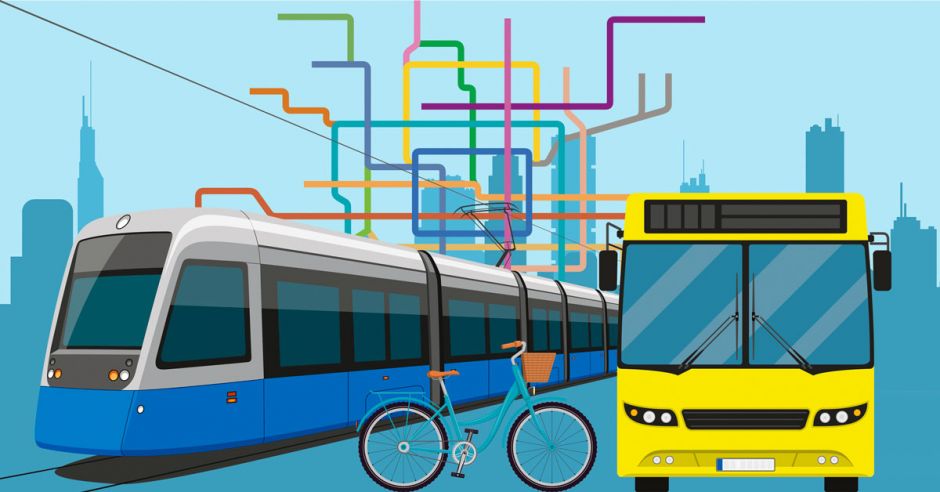Public transportation plays a pivotal role in shaping sustainable and connected communities. As cities continue to grow and face challenges such as traffic congestion, pollution, and limited resources, the need for efficient and reliable public transportation becomes increasingly evident. In this blog post, we will explore the multifaceted benefits of public transportation and delve into why it is a crucial component of a thriving society.
- Easing Traffic Congestion:
One of the primary advantages of public transportation is its ability to alleviate traffic congestion. By providing an alternative to private vehicles, public transportation reduces the number of cars on the road, resulting in smoother traffic flow and shorter commute times. This not only improves the overall efficiency of transportation systems but also reduces carbon emissions, contributing to a cleaner and healthier environment. - Enhancing Accessibility and Mobility:
Public transportation ensures that individuals from all walks of life have access to essential services and opportunities. It connects people to education, employment, healthcare, and recreational facilities, regardless of their socioeconomic status or physical abilities. By promoting inclusivity and equal access, public transportation fosters social cohesion and enhances overall mobility within communities. - Promoting Environmental Sustainability:
In an era of increasing environmental concerns, public transportation emerges as a sustainable solution. Mass transit systems, such as buses, trams, and trains, have a significantly lower carbon footprint compared to individual cars. By encouraging people to opt for public transportation, we can reduce greenhouse gas emissions, mitigate air pollution, and combat climate change. Additionally, the integration of electric and hybrid vehicles in public transportation further enhances its environmental benefits. - Boosting Economic Growth:
Public transportation plays a vital role in stimulating economic growth. It facilitates the movement of people, goods, and services, supporting local businesses and industries. Efficient public transportation networks attract investments, create job opportunities, and enhance productivity. Moreover, by reducing the reliance on private vehicles, individuals can save money on fuel, parking, and maintenance costs, thereby increasing their disposable income. - Fostering Health and Well-being:
Public transportation encourages physical activity by incorporating walking or cycling as part of the commuting process. This active transportation promotes a healthier lifestyle, reduces the risk of chronic diseases, and improves overall well-being. Additionally, public transportation reduces the exposure to air pollutants, leading to improved air quality and a decrease in respiratory illnesses. By prioritizing public transportation, we prioritize the health and well-being of our communities.
Conclusion:
Public transportation is not merely a means of getting from point A to point B; it is a catalyst for sustainable development, social equity, and economic prosperity. By investing in efficient and accessible public transportation systems, we can create vibrant, connected communities that prioritize the well-being of their residents and the planet. Let us embrace the power of public transportation and pave the way for a brighter, more sustainable future.

More Stories
OHMIEX D9 Intelligent Riding System: Redefining the Intelligent Riding Communication System for B2B Markets
Контроль качества товаров в Китае: полное руководство
kfc